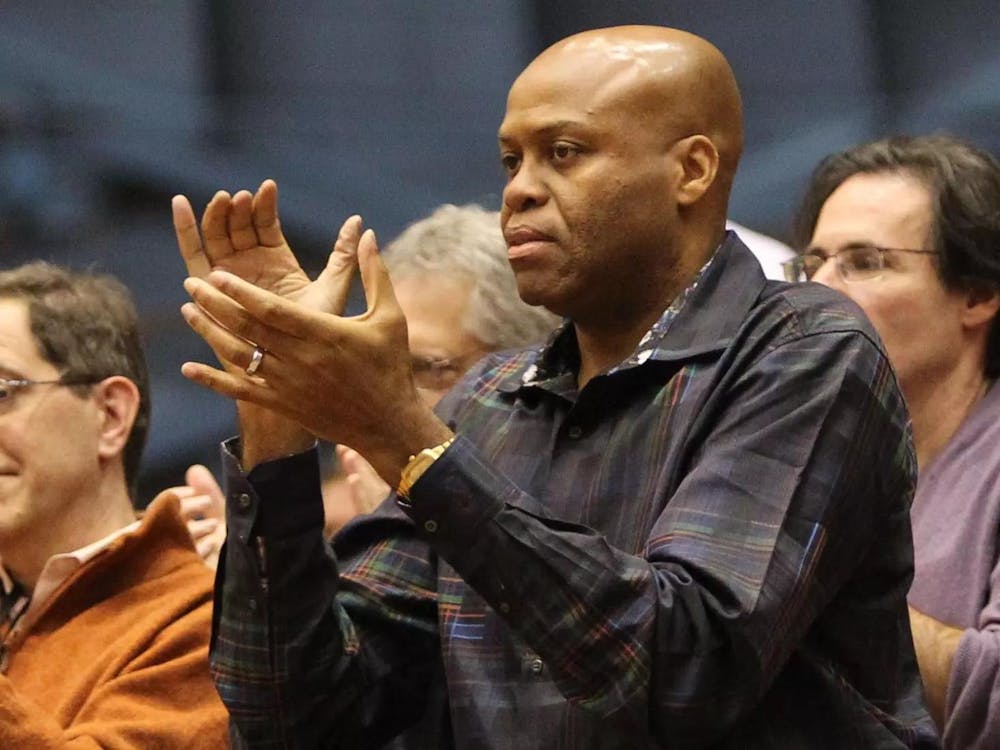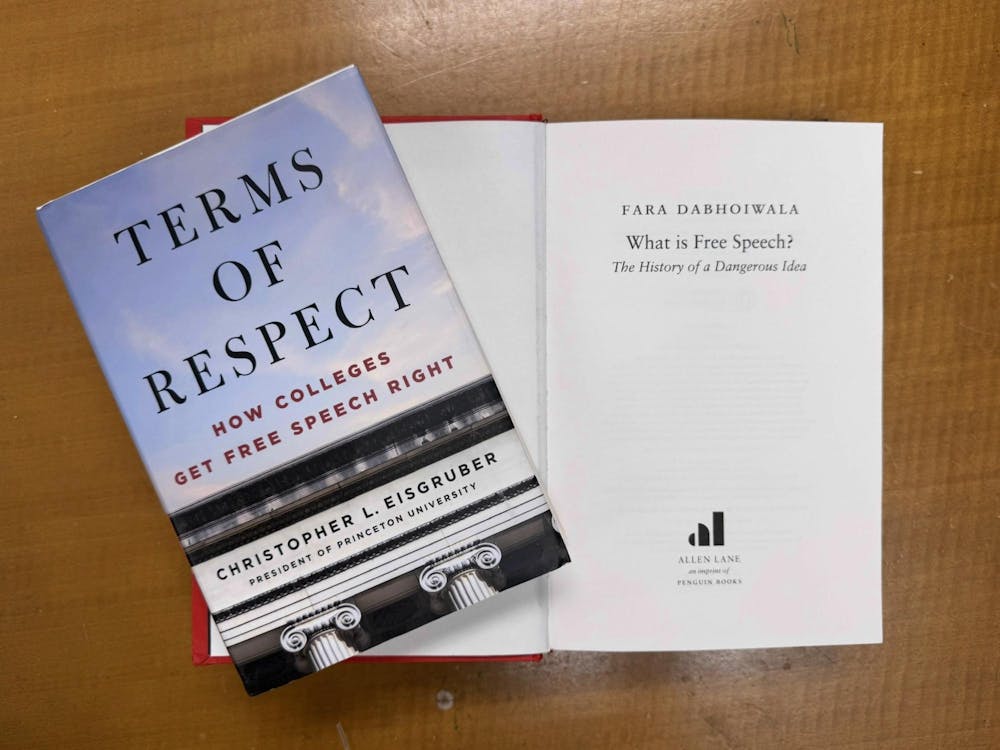University Carillonneur Lisa Lonie believes there is room for modern experimentation in the art form of carillon playing, which originated in the late medieval period.
A carillon is a musical instrument composed of at least 23 carillon bells, tuned to produce harmonic notes when many bells are sounded together, according to the Guild of Carillonneurs in North America.The carillon, usually installed in a tower, is played from a keyboard that allows expression through variation of touch, although the larger bells are connected to foot pedals.
“At a college, musically, you have a lot more leeway,” Lonie said. “When you play for a church, you ought not to be playing ‘Game of Thrones’ or funny music like that or show tunes. On a college campus, you can do that.”
Sundayafternoon carillon concerts are a long-standing University tradition. In addition to that, the University continues to have a summer carillon series, attracting guest carillonneurs from around the world, but mainly from Europe and Northwestern Europe.
Lonie is notable for her willingness to lead tours of Cleveland Tower at the Graduate College, where the carillon is housed, and to play the instrument for visitors as well as for her teaching of students who have expressed an interest in the carillon, said Dean of Religious Life and of the ChapelAlison Boden.
The University carillonneur's position is located within the Office of Religious Life. In carillon performances, the line between the secular and the religious is often blurred, Boden said.
“So much of the beautiful music from the Western tradition has roots in the sacred,” she explained. “If you’re playing Bach’s ‘Sheep May Safely Graze,’ is it sacred or is it secular?”
University performances also take into account songs with which University students might be familiar, Lonie said.
“The way that you can connect yourself as the carilloneur to your audience is through music,” she explained. “If you play something that’s really catchy, or that people know or students know, maybe they’re going to take notice of what you have to say from the tower.”
Lonie also said she wants to take the instrument out of its solo recital role.
Last year, she played the University’s carillon live with two trumpeters. This year, she plans to play the carillon against pre-recorded tracks, something she described as a kind of “karaoke carillon.” She also hopes to repeat a novel concert she did last year where she had a live video feed of her playing the carillon in Cleveland Tower broadcast to her audience, so they could see her as she played.
“That’s part of the whole community aspect of what a carillon is, just as an instrument in its most fundamental form,” she explained. “It’s a public instrument, so you want people to notice what you’re doing. They can’t see you while you’re playing. They can hear you.”

Lonie plans to, in her words, “keep it fresh” so that audience members come back week after week to herSundayconcerts, which run all year except during Ph.D. exams.
Lonie began her carillon studies as a teenager with Frank Law, former carillonneur at the Washington Memorial National Carillon in Valley Forge, Penn., and continued with Frank DellaPenna.
“We’re kind of like carillon brother and sister,” former University carilloneur Robin Austin said, explaining that he and Lonie were both taught how to play the carillon by Law. “I was in my early twenties and [Lonie] was probably 13 or 14, and we’ve known each other since then.”
The carillon Austin and Lonie were trained on was, coincidentally, linked to Princeton’s first official carillonneur, Arthur Bigelow. The Valley Forge carillon was designed by Bigelow and has on it a plaque dedicated to him.
The University acquired its carillon as a gift from the Class of 1892. The instrument was originally intended for the University Chapel, and then for Holder Tower, but was eventually placed in Cleveland Tower, Austin said.
“It’s now her turn to take care of that beautiful instrument,” he said of Lonie, who was appointed to her position in 2012.
After its installation in 1927, the University’s carillon was not played very often until it came under the care of its first “Bell Master,” Arthur Bigelow. When he came to the University in 1941 and found the instrument in serious disrepair, Bigelow set to restore the carillon, adding 14 new bells of his own design and casting, eventually going so far as to remove seven of the original 35 bells, as well as his 14 bells, and design a rescaled treble register of 42 bells cast by the French Foundry Paccard.
When Bigelow died in 1967, the carillon came under the care of Walter Noller who was the University’s carilloneur from 1972 to 1993.
“The instrument was kind of played rather irregularly,” Austin explained when asked about this point in the history of the University’s carillon.
When Austin retired, the Office of Religious Life mostly focused on finding applicants in the area, Boden said. Lonie is from the Philadelphia area.
“First and foremost, it was because the instrument is so superior,” Lonie said of why she applied to become the University’s official carillonneur. “It’s the fifth largest in the country.”
Austin said he was impressed by Lonie’s public promotion of the instrument and teaching, as well as her energy.
Lonie is also the carillonneur at St. Thomas’ Church, Whitemarsh as well as the lead carillonneur for the oldest carillon in North America at the Church of the Holy Trinity in Philadelphia’s Rittenhouse Square. She is also a member of the Guild of Carillonneurs in North America, former chair of the Guild’s Examinations Committee and former member of its board of directors. She is also frequently an invited recitalist to carillon festivals.







